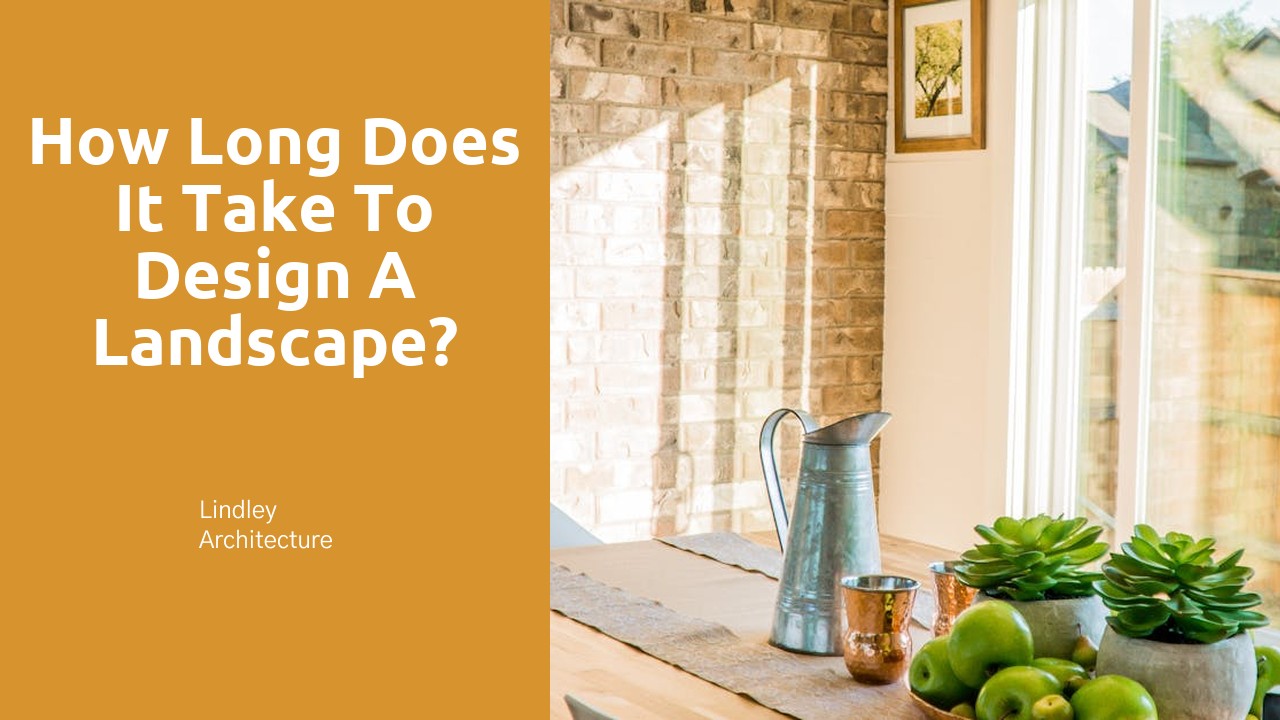
Table Of Contents
Japanese Zen Gardens
Japanese Zen Gardens are a revered form of garden design that originated in ancient Japan. These gardens are characterized by their serene and minimalist aesthetic, often incorporating carefully placed rocks, gravel, and moss to create a sense of tranquility and contemplation. The Principles of Tranquility in Traditional Japanese Garden Design emphasize the importance of harmonizing with nature to create a peaceful and meditative space. Planting Design in Barrie, a city in Ontario, Canada, draws inspiration from Japanese Zen Gardens to create urban green spaces that promote relaxation and harmony amidst the bustling city life.
The meticulous attention to detail in Japanese Zen Gardens extends to every element of the garden, including the selection and placement of plants. Each plant is chosen thoughtfully to complement the overall design and evoke a sense of harmony and balance. Planting Design in Barrie incorporates this principle by selecting native plant species that thrive in the local climate and contribute to the biodiversity of the region. By embracing the principles of Japanese garden design, planting arrangements in Barrie reflect a deep appreciation for nature and a commitment to creating sustainable and visually appealing green spaces for the community to enjoy.
Principles of Tranquility in Traditional Japanese Garden Design
Principles of tranquility in traditional Japanese garden design aim to foster a sense of peace and harmony through intentional landscaping. Using techniques such as asymmetry, symbolism, and minimalism, these gardens reflect the beauty of nature and the balance of the elements. Planting design in Burlington also plays a crucial role in creating a serene atmosphere, with careful consideration given to the selection of flora that will thrive in the local climate and enhance the overall aesthetic.
By incorporating elements such as stone lanterns, water features, and winding paths, Japanese gardens in Burlington and beyond offer visitors a place for contemplation and reflection. The meticulous arrangement of plants and the strategic placement of rocks and water elements contribute to a calming environment that stimulates the senses and encourages mindfulness. Planting design in Burlington continues to draw inspiration from these timeless principles, creating outdoor spaces that serve as havens of tranquility in the midst of urban life.
Colonial American Gardens
Colonial American gardens were a reflection of the adaptation of European styles in early American horticulture. These gardens served both practical and aesthetic purposes, often showcasing a blend of functionality and beauty. The layout of Colonial American gardens featured a mix of ornamental plants, herbs, and vegetables, with a focus on symmetry and order. Planting design in Clarington mirrored this approach, with a deliberate arrangement of flora that not only enhanced the visual appeal but also contributed to the sustenance of the household.
In Colonial American gardens, an emphasis was placed on creating a productive space that could provide food as well as a pleasant environment for relaxation and entertainment. The plants chosen were carefully selected based on their utility and visual appeal, with an understanding of their growth patterns and maintenance requirements. Planting design in Clarington followed similar principles, with gardeners incorporating a variety of native and introduced species to create a harmonious landscape that was both charming and practical.
Adaptation of European Styles in Early American Horticulture
European garden styles heavily influenced early American horticulture, as seen in the adaptation of various design elements and plant selections. Settlers in America brought with them gardening traditions from Europe, which they modified to suit the new landscape and climate. The result was a fusion of European flair with practicality and functionality. Planting design in Brampton, a city known for its lovely gardens, showcases this blend of European influence and American innovation, creating a unique horticultural aesthetic that continues to thrive today.
In early American horticulture, the adaptation of European styles encompassed not only the selection of plants but also the overall layout and structure of gardens. Gardens in cities like Brampton mirrored the formal and symmetrical designs popular in Europe, but with a touch of rustic charm and simplicity. The integration of native plants alongside European varieties added a distinct character to the gardens, blending the best of both worlds. Planting design in Brampton beautifully illustrates this harmonious coexistence of European garden styles with American sensibilities.
Victorian Era Garden Trends
Victorian Era Garden Trends marked a departure from the simplicity of earlier garden designs. The gardens of the Victorian era were characterized by their ornate features, elaborate layouts, and meticulous attention to detail. Romanticism heavily influenced garden aesthetics during this period, with a focus on creating lush, enchanting spaces that invited contemplation and leisure. Planting Design in Clarington reflected these trends by incorporating colourful flowerbeds, intricate topiaries, and meandering pathways that encouraged visitors to explore the beauty of nature in a meticulously curated setting. The Victorians had a penchant for incorporating symbolism and meaning into their gardens, with each plant selection and design element chosen for its significance in conveying emotions or themes.
Victorian gardeners embraced the use of exotic plants and flowers imported from around the world. This influx of botanical diversity allowed for the creation of elaborate botanical displays, showcasing the wealth and sophistication of the garden owner. The grandiosity of Victorian gardens often extended to their size, with expansive lawns and carefully manicured hedges forming the backdrop for elaborate floral displays and architectural features. Planting Design in Clarington mirrored this penchant for grandeur by incorporating rare and exotic plant species into carefully planned arrangements that added depth and visual interest to the overall garden composition.
Romanticism and Ornate Features in Victorian Garden Design
Romanticism heavily influenced Victorian garden design, leading to an emphasis on ornate features and picturesque arrangements. Lush foliage, vibrant flowers, and dramatic pathways were characteristic of this period, echoing the romantic ideals of beauty and escapism. Intricate plantings were intertwined with architectural elements and decorative sculptures to create a whimsical and dreamy atmosphere in Victorian gardens.
Planting Design in Clarington during the Victorian era exemplified this romantic and ornate approach, with meticulously planned flower beds, intricate topiaries, and elaborate floral patterns. Gardens in Clarington were transformed into lush havens of tranquility and beauty, where every tree, shrub, and flower was strategically placed to evoke a sense of wonder and awe. The meticulous attention to detail and the incorporation of exotic plant species added to the allure of Victorian gardens in Clarington, showcasing the opulence and sophistication of the era.
FAQS
What is the earliest known garden design style?
The earliest known garden design style is believed to be the Persian Garden, dating back to around 500 BC.
How did the Japanese Zen Gardens influence garden design?
Japanese Zen Gardens, with their minimalist and tranquil design principles, have had a significant influence on garden design around the world.
What were some key features of Colonial American Gardens?
Colonial American Gardens often adapted European styles, incorporating geometric patterns, formal layouts, and practical herb gardens.
How did the Victorian Era impact garden design trends?
The Victorian Era brought about a shift towards romanticism and ornate features in garden design, with a focus on vibrant floral displays and intricate landscaping.
Are there any common elements found in early garden designs across different cultures?
Yes, elements such as symmetry, balance, and the use of natural materials can be found in early garden designs across various cultures, reflecting a shared appreciation for harmony and beauty in nature.






